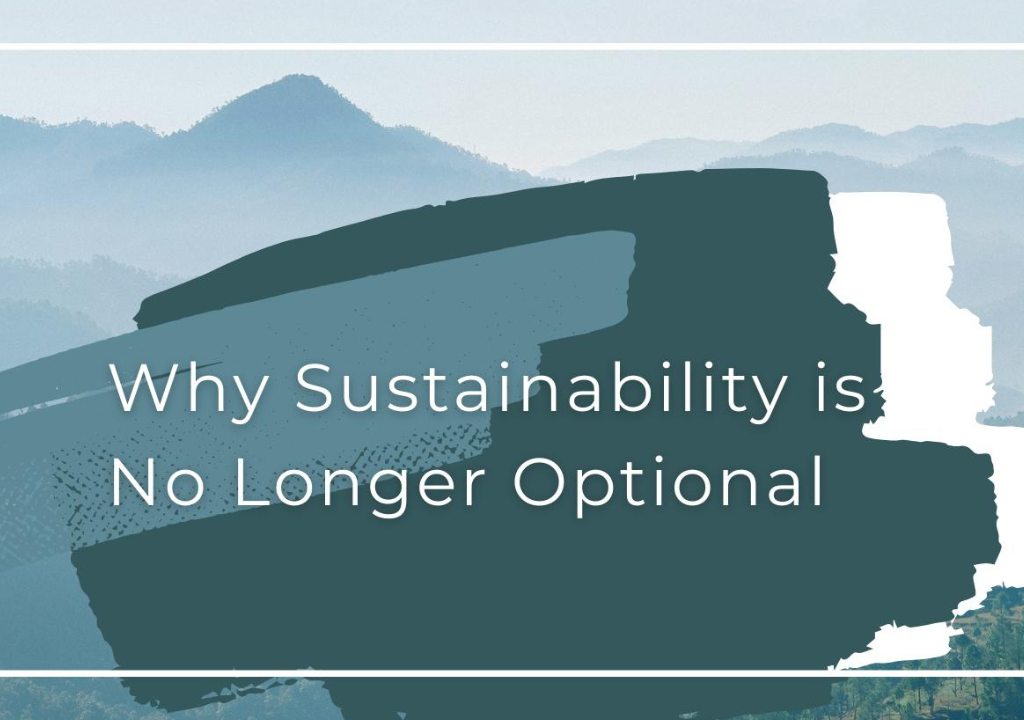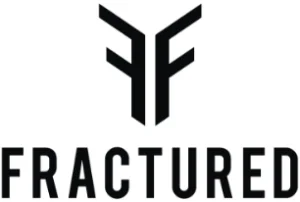FRACTURED EDIT
The Hidden Cost of Style

The Environmental and Human Cost of Fashion
Fashion has long been a symbol of self-expression, creativity, and culture. However, beneath the glamorous facade lies a grim reality: the industry is one of the world’s biggest contributors to environmental destruction and human exploitation. The rise of fast fashion has exacerbated these issues, leading to excessive waste, pollution, and unethical labor practices. As consumers, we must confront the hidden costs of our clothing choices and push for a more sustainable future.
The Environmental Toll of Fashion
- Water Waste & Pollution : The fashion industry is the second-largest consumer of water globally.
– A single cotton T-shirt requires 2,700 liters of water to produce.
– Textile dyeing contributes to 20% of the world’s industrial water pollution, contaminating vital freshwater sources.
- Carbon Footprint
– The fashion industry accounts for 10% of global carbon emissions, more than all international flights and shipping combined.
– The production, transportation, and disposal of garments release massive amounts of greenhouse gases.
- Textile Waste
– Every year, the world discards 92 million tons of textile waste, most of which ends up in landfills or is incinerated.
– Less than 1% of clothing is recycled into new garments, leading to a linear, wasteful consumption model.
- Microplastic Pollution
– Synthetic fabrics like polyester shed microplastics during washing, accounting for 35% of microplastic pollution in oceans.
– These microplastics enter the food chain, harming marine life and eventually human health.
The Human Cost: Who Pays for Cheap Fashion?
- Exploitation of Workers
– Many garment workers in developing countries earn as little as $3 per day.
– The majority of these workers are women, often subjected to dangerous working conditions.
- Factory Disasters
– The 2013 Rana Plaza collapse in Bangladesh killed over 1,100 garment workers, highlighting the unsafe conditions in many factories.
– Despite global outrage, many fashion brands continue sourcing from factories with little regard for worker safety.
- Modern Slavery in Fashion
– Reports indicate that forced labor and child labor remain rampant in certain parts of the supply chain.
– Lack of transparency allows many brands to evade responsibility for unethical practices.
The Need for Change
The fashion industry’s current trajectory is unsustainable. The good news? Change is possible, but it requires a shift in both industry practices and consumer behavior. By supporting ethical brands, advocating for transparency, and embracing a mindful approach to shopping, we can help transform fashion into a force for good.
Sources:
Environmental Impact of the Fashion Industry:
- Water Consumption: Geneva Environment Network
- Carbon Emissions: Uniform Market
- Textile Waste: Carbon Trail
- Microplastic Pollution: European Parliament
Human Cost:
- Exploitation of Workers: The Green Side of Pink
- Factory Disasters: Earth Day






